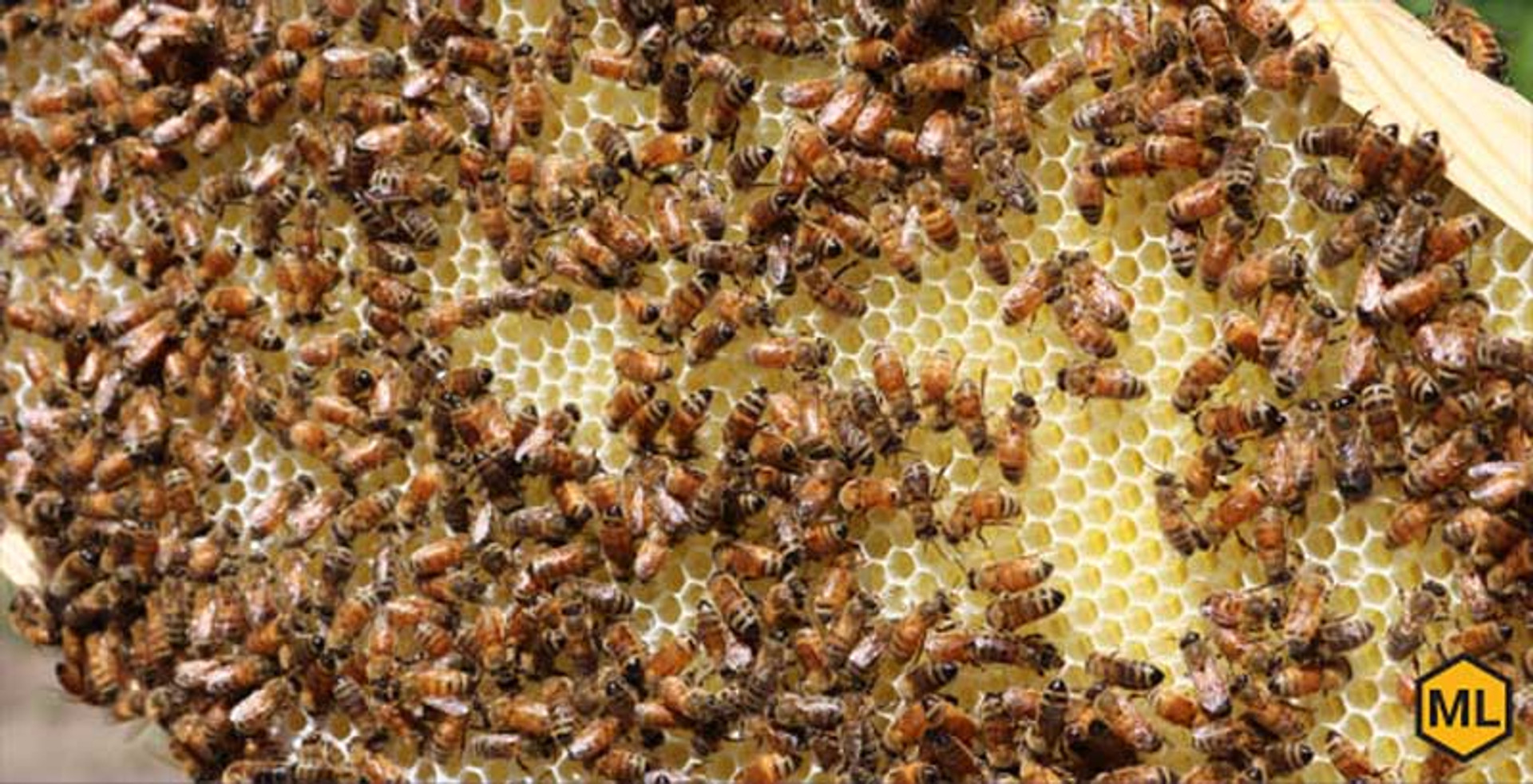3 Common Misconceptions of Honey Bees
Despite being some of the most beneficial and fascinating insects, many fears and misunderstandings target honey bees. The myths surrounding honey bees are untrue and potentially harmful, as they can keep people from caring for, or protecting these vital creatures. If you’re a new beekeeper doing your research while buying your beekeeping supplies—or if you just want to learn more about bees in general—we debunk some common misconceptions of honey bees.
Bees Live A Long Time
Like many insects, most honey bees’ have relatively short lives. Worker bees and drones only live for about six weeks during warmer months. In winter, however, worker bees live longer; they can live up to several months if the hive is well-suited for the season. Queen bees also live much longer. A healthy honey bee queen can live for up to four years.
Bees Sting Aggressively
Of all the common misconceptions of honey bees, the most widespread is that they sting humans. While some bees do in fact have stingers, it’s more complicated than you might think. First of all, male bees don’t have stingers at all. Female bees have stingers, but they aren’t aggressive. Most of the time, bees only sting when they or their hive faces a threat. If you don’t provoke or pose a threat to honey bees, they’ll leave you alone.
All Bees Work Hard
Everyone’s heard of the buzzing beehive full of hard workers, but the truth is that not every member of the colony works constantly. Female worker bees work extremely hard, as they fly back and forth collecting nectar and pollen to make honey and feed the young.
A male honey bee—also known as a drone—has only one job: mating with the queen. This means there are far fewer male bees in a hive. During harder times when resources are scarce and the queen isn’t laying eggs, worker bees often force drones out of the hive to preserve food.
Thinking about diving into the fascinating world of beekeeping? Mann Lake has everything you need to be successful!

